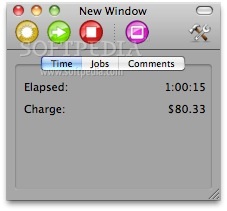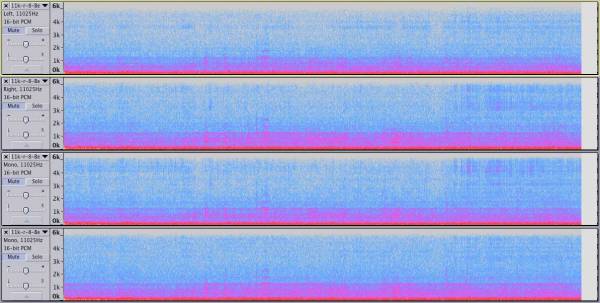
The output field name is aliased to my_time_bucket_field_name. Timeslice 1m as my_time_bucket_field_nameįixed-size buckets of 1 minute each. This time slice corresponds to conditions during Phase 3 of the landfill. The output field is default _timeslice.įixed-size buckets that are 2 hours long. Table 4.6 Basal and side slope engineering parameters (all lifecycle phases).

Normal scheduling with SCHEDOTHER The SCHEDOTHER is the default scheduling policy in Red Hat Enterprise Linux 9. SEE ALL PRICING OTHER USERS CHOSE Filevine 4.5 (192) Starting From: 79. You can set the value of this time slice in milliseconds with the schedrrtimeslicems kernel parameter in the /proc/sys/kernel/schedrrtimeslicems file.
TIMESLICE 4.6 FULL
Basic examples įixed-size buckets at 5 minutes. 4.6 VIEW ALL COMPETITORS VIEW FULL COMPARISON Pricing Lawman by Timeslice Starting From: 950.00 one time Pricing Model: Flat Rate No free trial Yes, has free version Pricing Details(Provided by Vendor): Please contact Timeslice directly for pricing information. But when the DST happens, the result after 12 a.m. In another example, if you had a 4h timeslice, you would usually see results at 12 a.m., 4 a.m., 8 a.m., 12 p.m., etc. If you mean to align the images on the same angle,size and/or rotation, that wouldnt be possible because script cannot ‘see’ images, it just slice them with calculated measurements. For that day, with a 1d timeslice, you would see two entries for the same day: one for 12 a.m. Reset Hook Function Alternative for FreeRTOS. For this reason, results may show more than one entry for that day.įor example, in Australia, DST goes into effect on October 2nd for Spring. When configUSETIMESLICING is 1, FreeRTOS will time slice between tasks at the same priority.

When the clock moves forward, any timeslice operation that crosses the DST boundary is affected. There is a known issue with the timeslice operator and Daylight Savings Time (DST).
TIMESLICE 4.6 CODE

In this paper, we propose a formal extension to stream data model languages based on the concept of fields to support high-level abstractions of continuous ST phenomena that are known to the DSE, and therefore, can be supported through queries and processing optimization. This places the burden of handling any tasks related to the integration of potentially very large sets of concurrent sensor streams into higher-level abstractions on the user. While data stream engines (DSE) are available to process high-throughput updates, DSE support for phenomena that are continuous in both space and time is not available. Sensor data streams are a fundamentally novel mechanism to create and deliver observations to information systems, enabling us to represent spatio-temporal continuous phenomena such as radiation accidents, pollen distributions, or toxic plumes almost as instantaneously as they happen in the real world. With ubiquitous live sensors and sensor networks, increasingly large numbers of individual sensors are deployed in physical space.


 0 kommentar(er)
0 kommentar(er)
